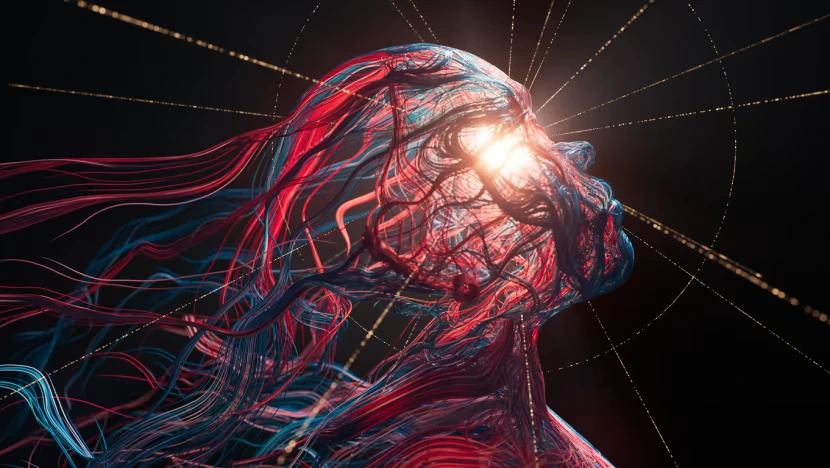Artificial intelligence (AI) has emerged as a revolutionary force in the world of creativity, influencing various domains, including art, music, and literature. At its core, AI art involves the utilization of machine learning algorithms to generate original artwork that can evoke emotions, provoke thought, and even instill fear. Among the genres where AI art has made a significant impact, horror stands out as a particularly fertile ground for exploration.
Introduction to AI Art Horror IV Needles
The horror genre thrives on fear, tension, and the unknown, elements that are deeply resonant with the capabilities of AI. By leveraging technology, artists can delve into new realms of creativity, producing images that challenge the boundaries of imagination and perception. One of the most potent symbols in horror art is the needle—a seemingly innocuous object that evokes a range of emotions, from anxiety to pain. This article will explore the intersection of AI art, horror, and needles, revealing how this unique combination creates haunting digital visions.
The Concept of AI Art Horror IV Needles
Symbolism of Needles
Needles, while commonplace in everyday life, take on a sinister significance in horror. They are often associated with pain, suffering, and the violation of the body—elements that are central to many horror narratives. The sharpness of a needle can symbolize the invasive nature of fear, cutting through the fabric of safety and comfort. In a psychological context, needles may also represent deeper anxieties, such as fear of medical procedures or loss of control.
Cultural References
Throughout literature and film, needles have played a pivotal role in establishing horror’s most iconic moments. For instance, H.P. Lovecraft’s tales often weave in themes of existential dread, where needles symbolize the intrusion of otherworldly forces into the mundane. Films such as “Saw” utilize needles as instruments of torture, elevating the horror through visceral imagery and emotional resonance. This rich tapestry of cultural references provides a backdrop for AI artists to explore and reinterpret these themes through their digital lenses.
AI Techniques for Creating Horror Art Featuring Needles
Machine Learning Algorithms
At the heart of AI art lies machine learning, particularly through the use of generative adversarial networks (GANs). These algorithms consist of two neural networks—the generator and the discriminator—working against each other to create realistic images.
Images from random noise
The generator produces images from random noise, while the discriminator evaluates them against real images, providing feedback for improvement. This iterative process allows AI to create increasingly sophisticated and unsettling imagery, ideal for the horror genre.
Unique visual language
AI art horror IV needles can be generated using various models that specialize in different styles. For example, StyleGAN is known for its ability to create high-resolution images, making it perfect for artists aiming to produce detailed horror visuals. By training these models with datasets that include horror-themed artworks and imagery of needles, artists can curate a unique visual language that taps into the genre’s emotional core.
Data Sources
The datasets used for training AI models are crucial for the quality and authenticity of the generated art. For AI art horror IV needles, a diverse range of sources can be employed, including horror films, graphic novels, and even medical imagery.
These sources not only provide a rich visual language but also inform the AI about the thematic nuances of horror. However, ethical considerations arise when utilizing existing artworks, necessitating a careful balance between inspiration and originality.
Case Studies of AI-Generated Horror Art with Needles
Notable AI Artworks
Several AI-generated artworks exemplify the fusion of horror and the motif of needles. One standout piece, created using a GAN, depicts a distorted figure emerging from a fog of needles, each one representing a facet of fear and pain. The interplay of light and shadow enhances the eerie atmosphere, inviting viewers to confront their anxieties.
Abstract representation
Another noteworthy example features an abstract representation of a needle plunging into a dark, pulsating mass, suggesting themes of invasion and loss. These AI art horror IV needles serve as powerful visual metaphors, eliciting visceral reactions from audiences.
Artist Collaborations
Many contemporary artists are now collaborating with AI to push the boundaries of horror art. For instance, a collective known as “Digital Nightmares” has gained attention for its provocative works that incorporate needles and other unsettling motifs.
Immersive installations
By harnessing AI’s capabilities, these artists create immersive installations that challenge perceptions of horror and technology. Their work not only showcases the potential of AI in art but also provokes discussions around the ethical implications of such collaborations.
Audience Reception and Critique
Public Response to AI Horror Art
The emergence of AI-generated horror art has elicited diverse reactions from audiences. Online communities, particularly those on social media platforms like Reddit and Instagram, showcase a growing appreciation for the unique aesthetic that AI art horror IV needles bring to the genre. Fans often engage in discussions around the emotional impact of these pieces, sharing their interpretations and fears.
The Role of Needles in Viewer Interpretation
The symbolism of needles in horror art elicits a wide range of interpretations from viewers. For some, the imagery may invoke personal fears associated with medical procedures or bodily harm, while for others, it may resonate as a metaphor for emotional pain or trauma. This subjectivity adds layers of complexity to AI art horror IV needles, making each viewer’s experience unique.
Evoke strong emotional responses
Research in psychology suggests that visual art can evoke strong emotional responses, often tapping into the viewer’s subconscious fears and anxieties. Understanding the psychological impact of needle imagery will be essential for artists trying to produce resonant and interesting pieces as artificial intelligence-generated horror art develops.
Future Directions for AI Art in Horror
Evolving Technologies
The possibility to create more immersive and terrible horror art grows as artificial intelligence technology develops. Future versions of artificial intelligence models might let artists investigate novel subjects, styles, and story structures. Real-time data processing could result in dynamic artworks changing depending on spectator engagement, therefore improving the horror experience.
Multi-dimensional horror experiences
Additionally, developments in natural language processing may allow AI to understand and generate narratives alongside visual art, creating multi-dimensional horror experiences that engage both sight and storytelling.
The Impact of Virtual and Augmented Reality
Virtual and augmented reality (VR and AR) are poised to revolutionize how audiences engage with horror art. AI can play a significant role in creating immersive environments where viewers can explore digital landscapes filled with haunting imagery, including AI art horror IV needles.
Craft experiences
These technologies enable artists to craft experiences that are not only visually striking but also emotionally engaging, allowing participants to confront their fears in a controlled setting.
Blur the lines
Imagine stepping into a VR world where every corner reveals a new horror, with needles punctuating the landscape, each one representing a different fear or trauma. Such experiences could transform the way we perceive and interact with horror, blurring the lines between reality and digital nightmares.
Conclusion
The intersection of AI art and horror, particularly through the lens of needles, offers a unique and haunting exploration of human fears and anxieties. Using cutting-edge technologies allows artists to create digital visions that subvert conventional limits and elicit strong emotional reactions. The possibility for artificial intelligence art horror IV needles to appeal to viewers will only increase as the field develops.
The symbolism of needles reminds us of the frailty of our worries and the complex link between art and emotion in a world when technology and creativity coexist. As we enter the field of AI-generated horror art, we have to welcome the possibilities and problems it offers, always wondering what it means to produce and view digital age art.
FAQ Section
What is AI art?
AI art is art produced with artificial intelligence technologies in aid. This can comprise algorithms creating images, music, or other kinds of artistic expression.
How does AI art differ from traditional art?
While conventional art depends on human ingenuity and ability, artificial intelligence art generates visuals depending on input data using machine learning algorithms. Unique and unanticipated results can follow from this.
What role do needles play in horror art?
Needles are often used as symbols of pain, suffering, and fear in horror art. Their sharpness and association with medical procedures can evoke strong emotional responses.
Can AI-generated horror art be considered “real” art?
The classification of AI-generated art as “real” art is a topic of debate. Many argue that the emotional impact and conceptual depth can still be present, regardless of the creator’s identity.
How can I engage with AI horror art?
You can explore AI-generated horror art through online galleries, social media platforms, and exhibitions. Engaging in discussions within communities can enhance your understanding and appreciation of the genre.
Will AI replace human artists? Although artificial intelligence can help with the creative process, it is unlikely to totally replace human musicians. Humans offer to art emotional depth and personal experiences that are unparalleled; artificial intelligence is better seen as a tool to boost creativity rather than a replacement.










